|
|
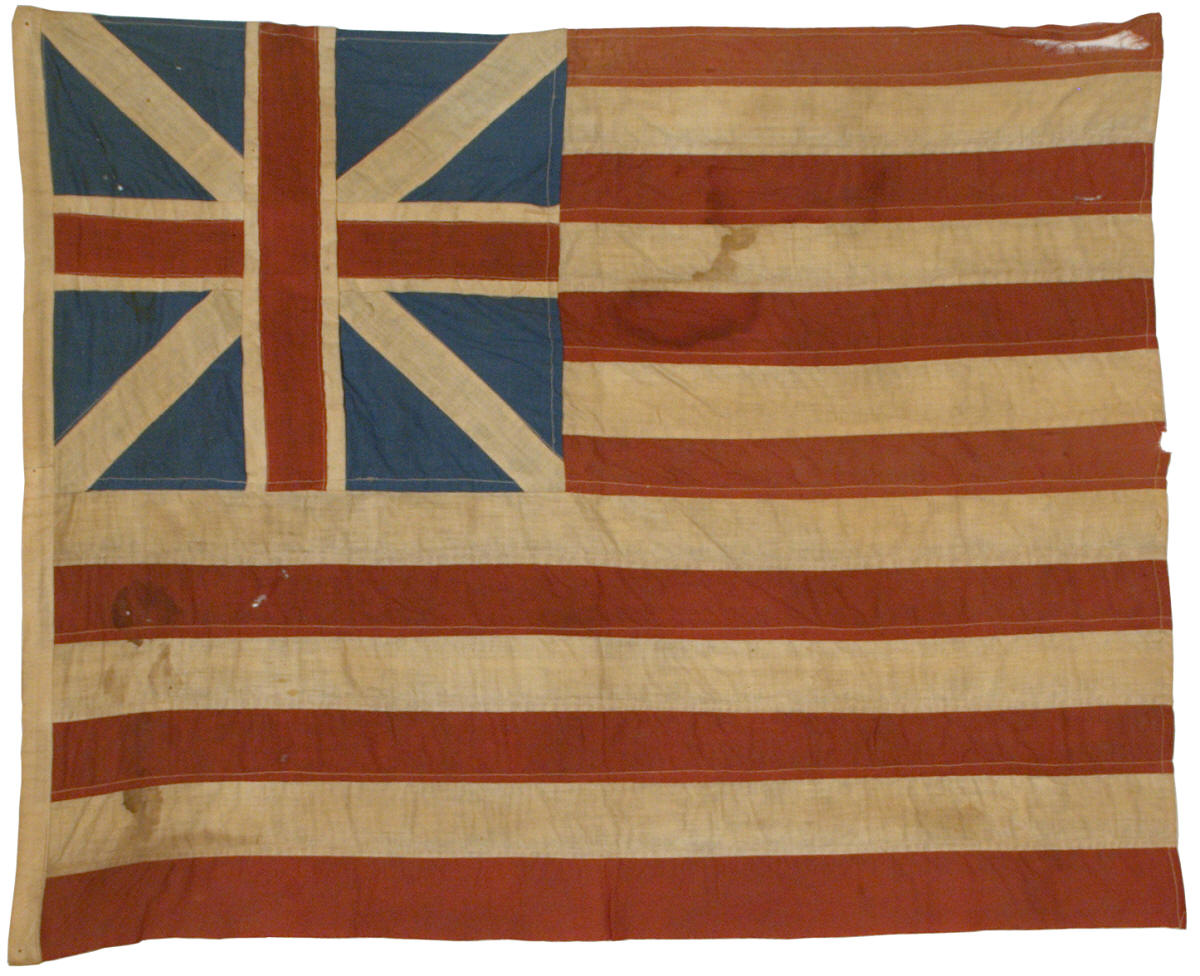 1775.
The colonies adopt the flag known as the
Continental Colors or Grand Union flag, which
becomes the first national flag of the United
States. First documented as raised by John Paul
Jones on December 3, 1775, it is in use at the
time of the signing of the Declaration of
Independence on July 4, 1776. 1775.
The colonies adopt the flag known as the
Continental Colors or Grand Union flag, which
becomes the first national flag of the United
States. First documented as raised by John Paul
Jones on December 3, 1775, it is in use at the
time of the signing of the Declaration of
Independence on July 4, 1776. |
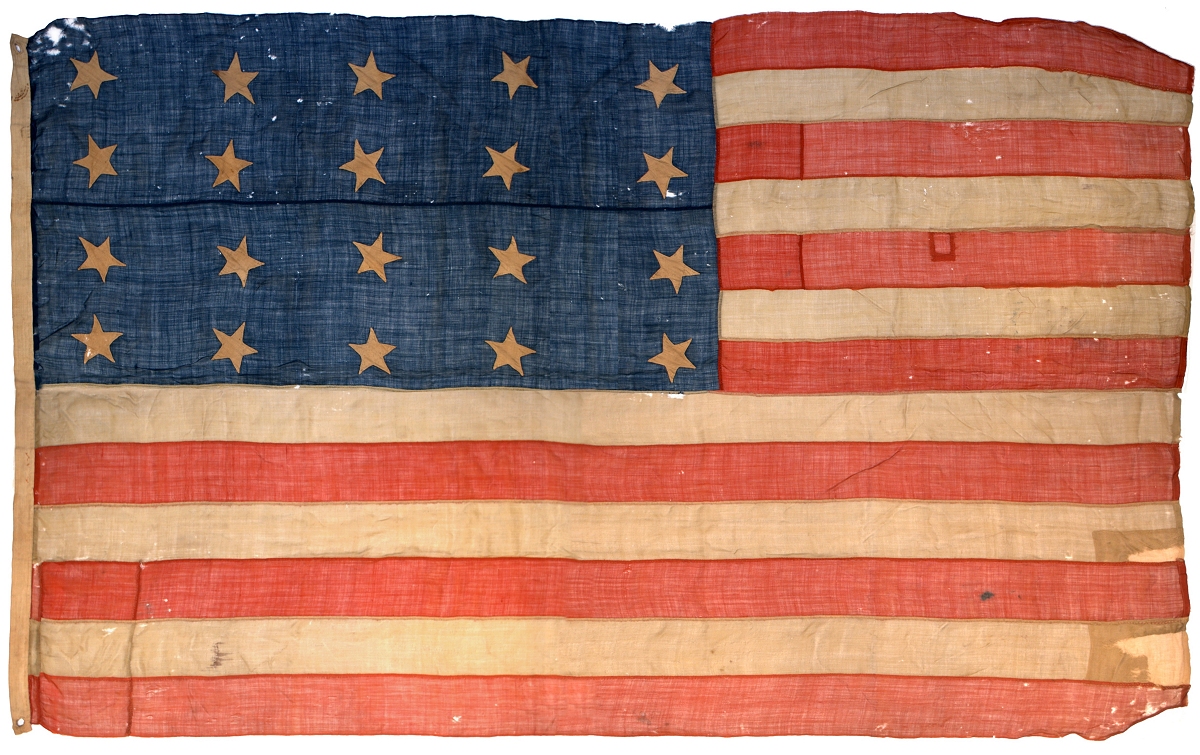 1818.
The third flag act,
"That from and
after the fourth day of July next, the flag of
the United States be thirteen horizontal
stripes, alternate red and white: that the union
be twenty stars, white in a blue field. And be
it further enacted, That on the admission of
every new state into the Union, one star be
added to the union of the flag; and that such
addition shall take effect of the fourth day of
July then next succeeding such admission." 1818.
The third flag act,
"That from and
after the fourth day of July next, the flag of
the United States be thirteen horizontal
stripes, alternate red and white: that the union
be twenty stars, white in a blue field. And be
it further enacted, That on the admission of
every new state into the Union, one star be
added to the union of the flag; and that such
addition shall take effect of the fourth day of
July then next succeeding such admission." |
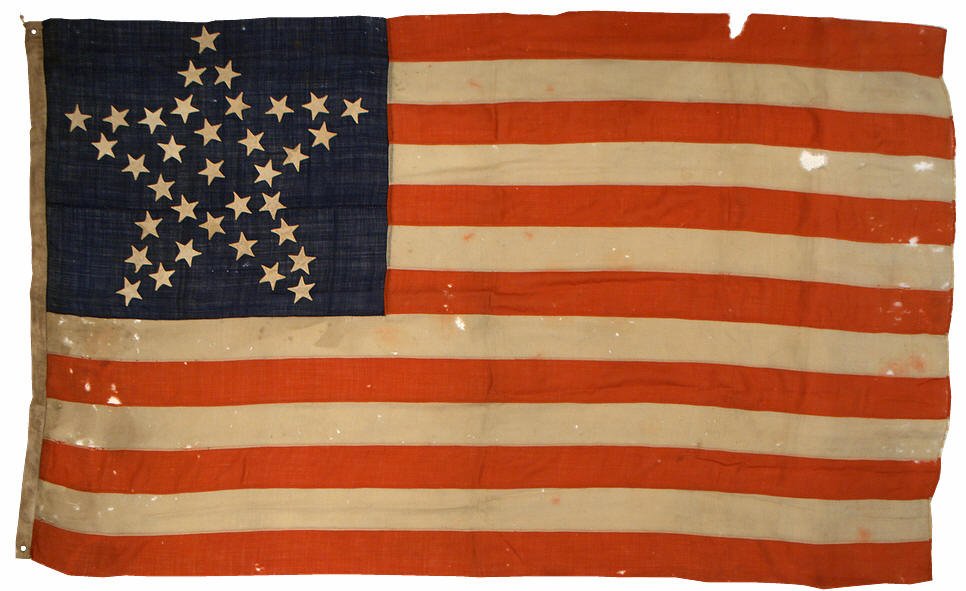 1862.
President Abraham Lincoln urges Americans to not
remove stars from the flag, saying
"I would rather be
assassinated than see a single star removed from
the flag." 1862.
President Abraham Lincoln urges Americans to not
remove stars from the flag, saying
"I would rather be
assassinated than see a single star removed from
the flag." |
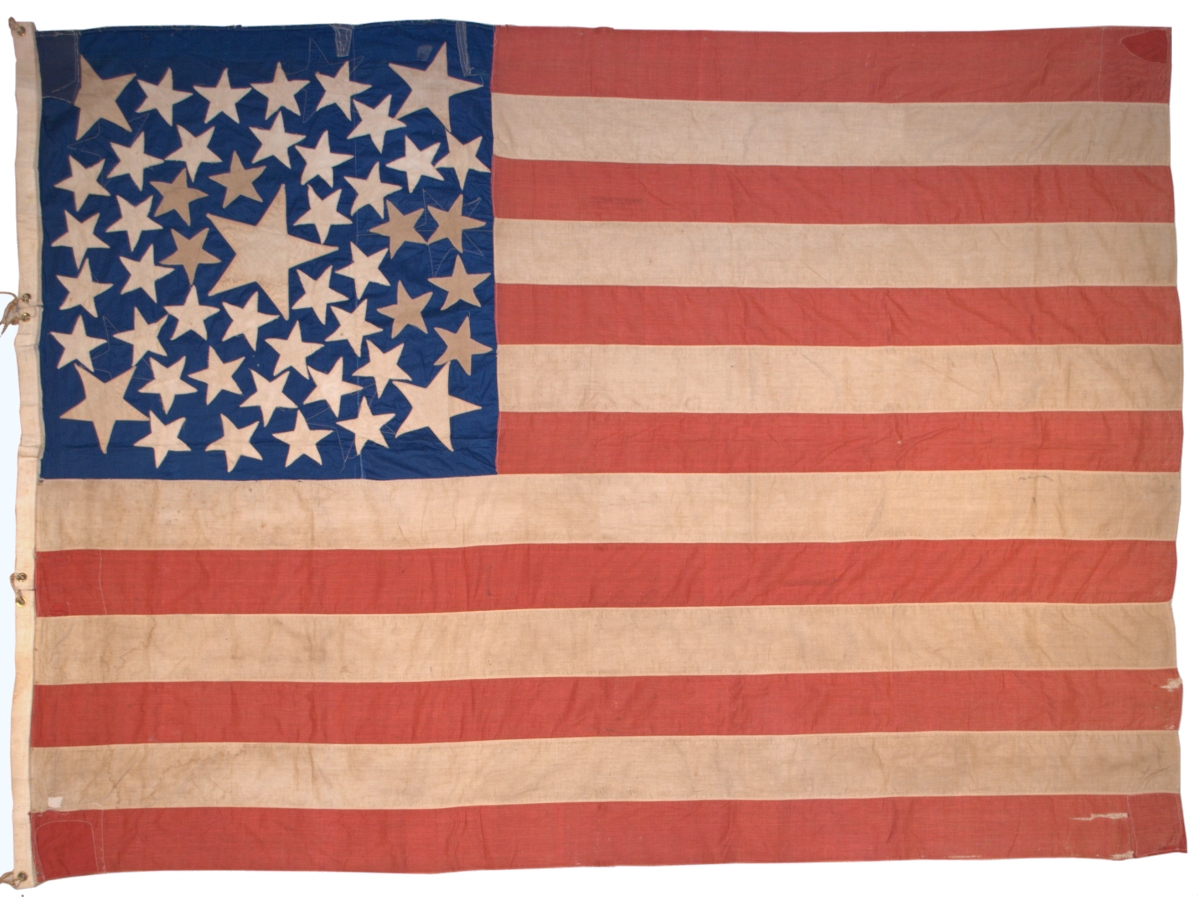 1912. President
Taft issues Executive Order dated June 24, 1912,
which established the proportions of the flag
and an arrangement of six horizontal rows of
eight stars each for a total of 48. The
era of unbridled creativity in flag making comes
to an end. 1912. President
Taft issues Executive Order dated June 24, 1912,
which established the proportions of the flag
and an arrangement of six horizontal rows of
eight stars each for a total of 48. The
era of unbridled creativity in flag making comes
to an end. |
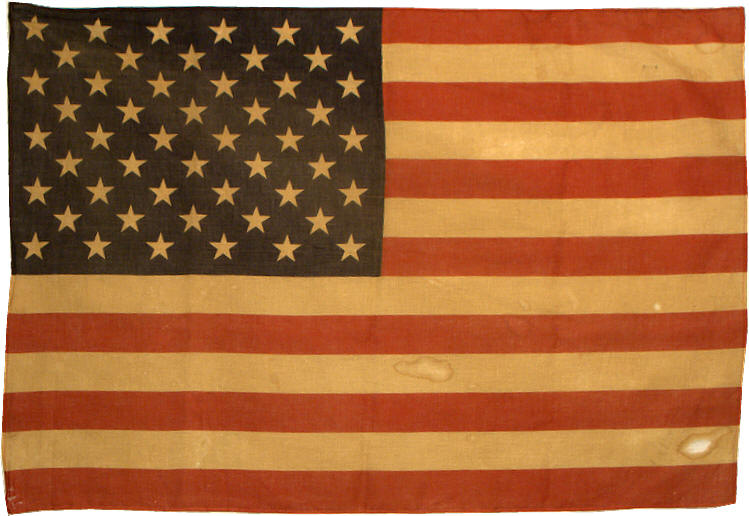 1959-1960.
Alaska and Hawaii are admitted to the Union,
bringing our total states to 50, where it has
remained for more than half a century. 1959-1960.
Alaska and Hawaii are admitted to the Union,
bringing our total states to 50, where it has
remained for more than half a century. |
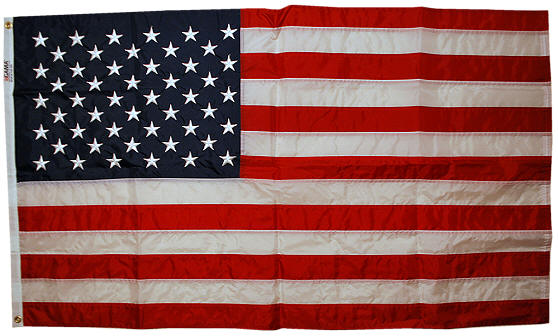 2003.
Flag of 50 Stars flown over Afghanistan during Operation
Enduring Freedom, November 21, 2003. 2003.
Flag of 50 Stars flown over Afghanistan during Operation
Enduring Freedom, November 21, 2003. |
